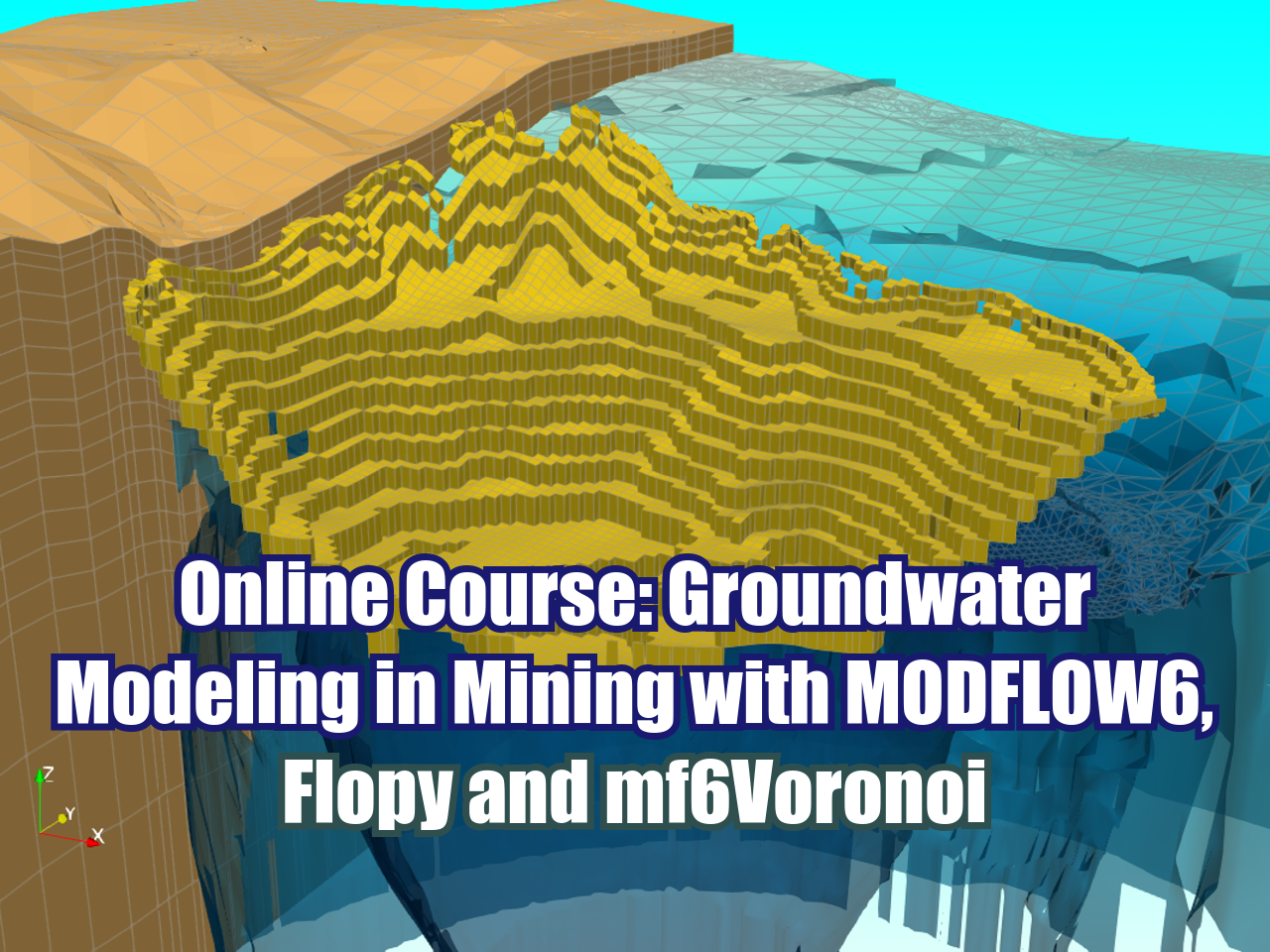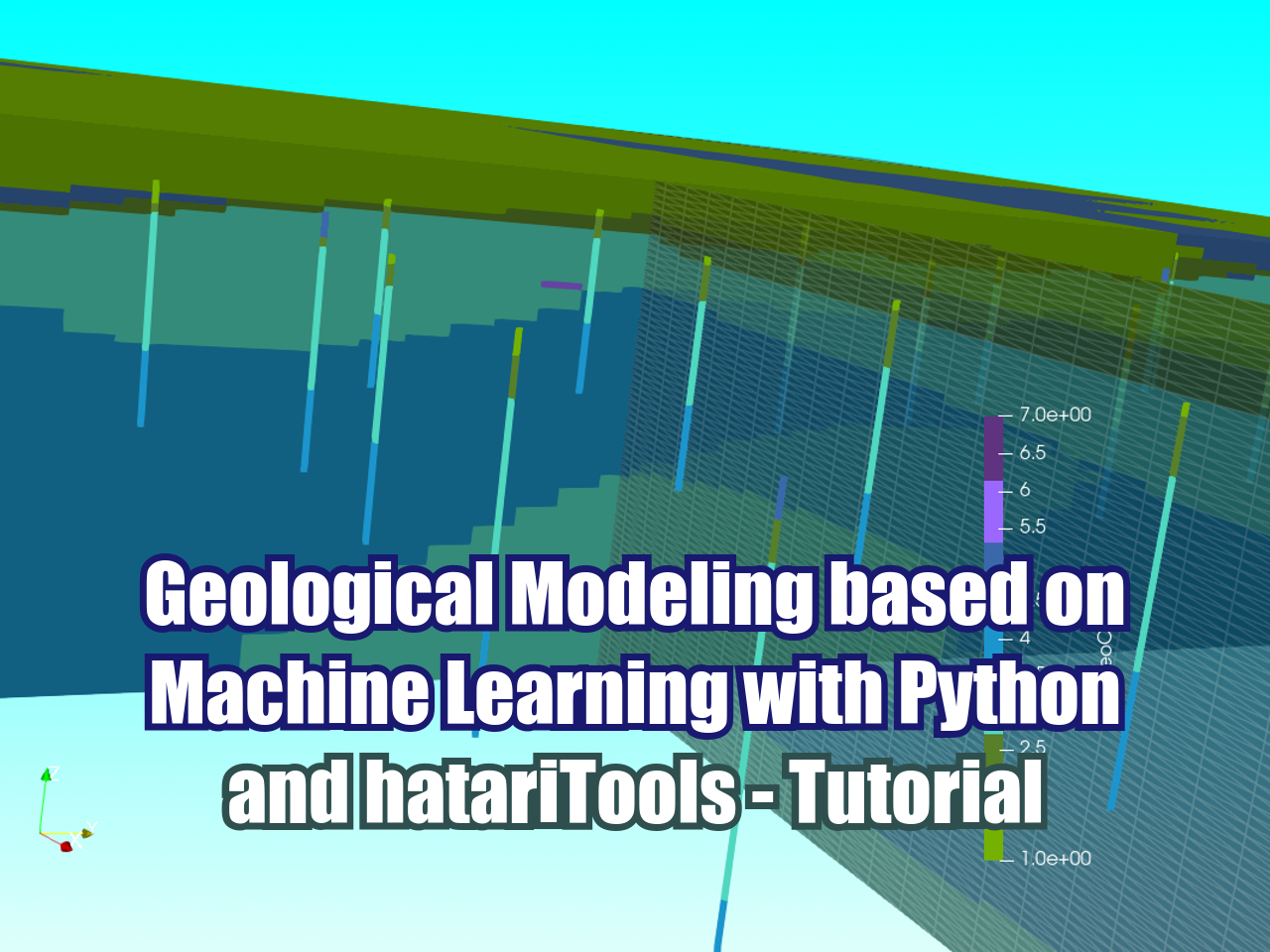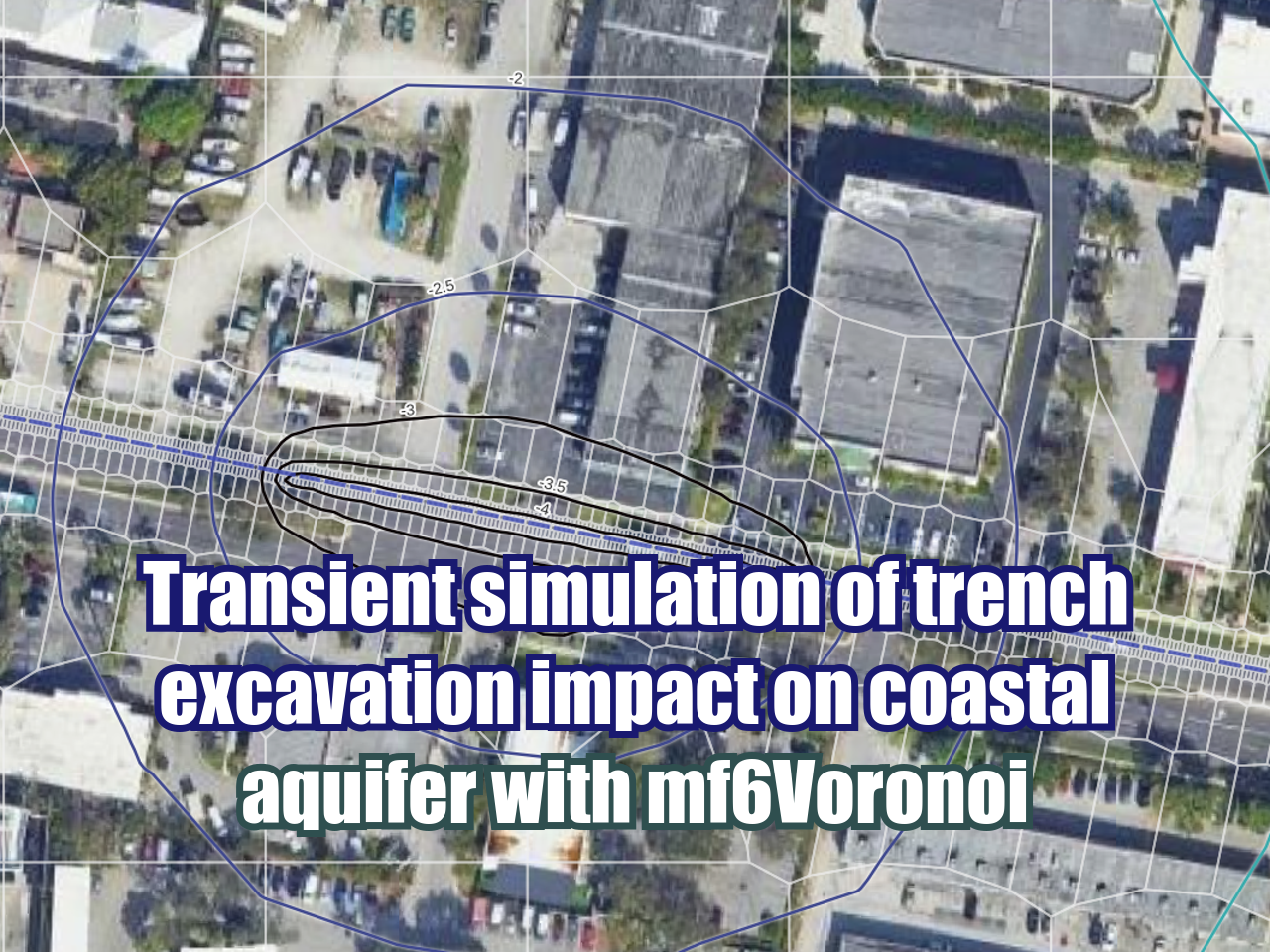Online Course: Mine Closure Groundwater Flow Modeling and Assessment of Remediation Techniques with Modflow, Model Muse and Flopy
/Evaluation of long term impacts of the mining activity is a key topic on the public concern and regulatory and sustainability policies. Due to the scale of the mining projects and the different related activities, impacts could be made to several parts of the physical environment. Groundwater modeling is a useful tool for the simulation of mine closure impacts to the groundwater flow system and groundwater quality. Hatarilabs has developed an applied course about the simulation, calibration, representation and impact analysis of a waste dump closure on the environment and water bodies with a long term scope (closure and post closure). The course will be given on Model Muse for flow and contaminant transport modeling and scripts in Flopy for model calibration, water balance analysis and evaluation of remediation techniques performance.
The course has an introductory example of groundwater simulation in wetlands and the long-term bioaccumulation of metals.
Objectives
These are the course objectives:
Build and calibrate groundwater flow models on mine closure areas
Apply Flopy codes for representation of observed data of heads and water quality
Evaluate the performance of remediation techniques in waste dumps
Simulate impact of contaminant plumes in surface water bodies.
Course content
Session 1: Introduction to contaminant transport
Building a simple groundwater flow model
Coupling solute transport to MODFLOW with MT3D-USGS
Analyzing results regarding flow and mass balances
Visualization of the distributions of heads and concentration.
Session 2: Construction of the groundwater model
Implementation of the model limits, boundary conditions, and aquifer properties with shapefiles
Definition of zones with grid refinement near the source of pollution.
Assignment of topography from Digital Elevation Models.
Definition of Solver parameters and running the model.
Session 3: Calibration of steady-state groundwater flow
Analyzing the flow balance with Flopy and Pandas for table manipulation.
Plotting simulated vs. observed hydraulic heads in Python and ModelMuse
Calculation of statistics related to the error in simulated heads.
Visualization of the groundwater flows in 3D with ModelMuse and in 2D with Flopy.
Session 4: Construction of the transport model
Analyzing the transport model packages to be implemented
Configuration of the Advection and Dispersion packages
Assignment of initial concentrations in the aquifer and delimiting the source of pollution.
Configuring the source of pollution and analyzing the different ways to implement it.
Defining the times of simulation before and after the closure of operations.
Session 5: Calibration of the transport model
Analyzing the mass balance with Flopy and Pandas.
Plotting the observed vs simulated concentrations before and after the closure of operations.
Evaluate the different trends before and after the closure of operations.
Develope plots in 2D and 3D of the distribution of the pollutant plume before and after closure of operations.
Session 6: Vtk rendering with Hataripy and ModelMuse
3D representation of the model properties and boundary conditions.
Representation of the water table in 3D and equipotentials of the heads.
Representation of the plume at closure, and after remediation
Import of models developed in Flopy to ModelMuse and post-processing of results.
Trainer
Saul Montoya M.Sc.
Saul Montoya M.Sc. is a Hydrogeologist and Numerical Modeler. Mr. Montoya is a Civil Engineer graduated from the Catholic University in Lima with postgraduate studies in Management and Engineering of Water Resources (WAREM Program) from Stuttgart University – Germany with mention in Groundwater Engineering and Hydroinformatics. Mr Montoya has a strong analytical capacity for the interpretation, conceptualization and modeling of the surface and underground water cycle and their interaction.
He is in charge of numerical modeling for contaminant transport and remediation systems of contaminated sites. Inside his hydrological and hydrogeological investigations Mr. Montoya has developed a holistic comprehension of the water cycle, understanding and quantifying the main hydrological dynamic process of precipitation, runoff, evaporation and recharge to the groundwater system.
Over the last 9 years Saul has developed 2 websites for knowledge sharing in water resources: www.gidahatari.com (Spanish) and www.hatarilabs.com (English) that have become relevant due to its applied tutorials on groundwater modeling, spatial analysis and computational fluid mechanics.
Methodology
Here are some details of each methodology:
Manuals and files for the exercises will be delivered.
The course will be developed by videos on private web platform.
There is online support for questions regarding the exercises developed in the course.
Digital certificate available at the end of the course.
Video of the classes will be available for 2 months.
To receive the digital certificate you must submit the exercises after 1 month.
Cost and payment
The cost of the course is $ 250 dollars.
This online course will be given on out elearning platform: elearning.hatarilabs.com . You will need to create an account to payment by Paypal and automatically you will register for the course.
For any other information please write to: saulmontoya@hatarilabs.com























